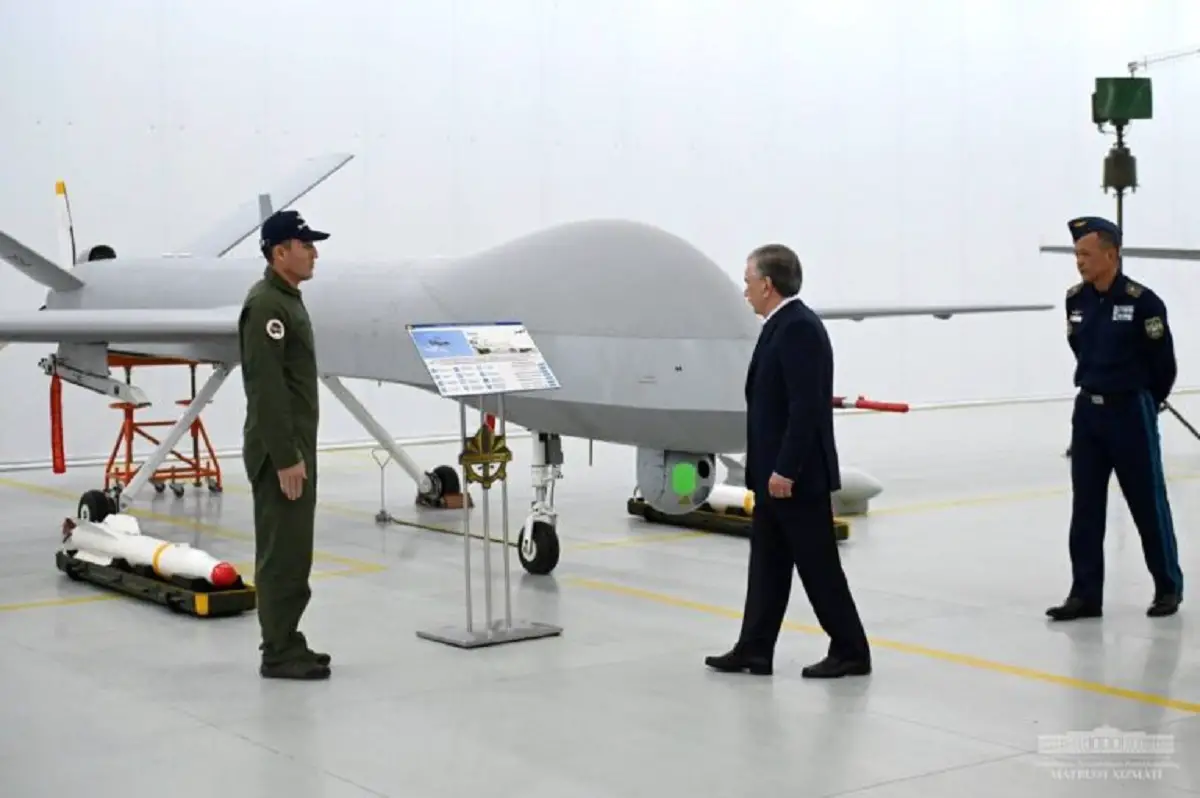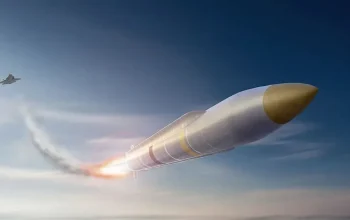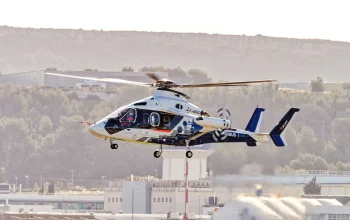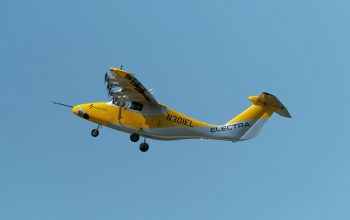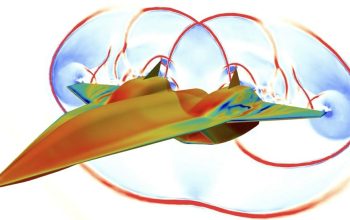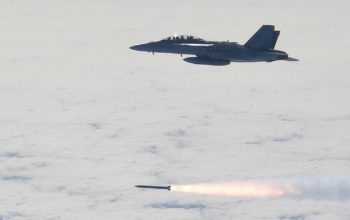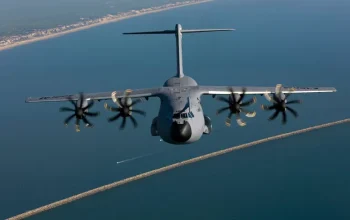President Shavkat Mirziyoyev of Uzbekistan recently inspected a military unit in the Surxondaryo region, revealing the nation’s new acquisitions in the realm of military drones. Images released on the presidency’s website showcased a lineup of sophisticated unmanned aerial vehicles (UAVs) now in possession of the country’s armed forces. Among the showcased drones were the Wing Loong, believed to be of Chinese origin, along with four Turkish Bayraktar TB2s, all armed with air-to-surface missiles. Additionally, the exhibit featured eight Orlan-10 drones, reportedly procured from Russia. The presidential visit highlighted Uzbekistan’s homegrown achievements as well, presenting the Lochin reconnaissance drone, designed and produced within the country. It was emphasized that President Mirziyoyev was briefed on the efforts to bolster the capabilities of the Armed Forces, enhance the technical infrastructure, ensure personnel readiness, and manage and operate modern weaponry and UAVs effectively.
The Orlan-10 is a reconnaissance, unmanned aerial vehicle (UAV) developed by the Special Technology Center (STC) in Saint Petersburg for the Russian Armed Forces. The Orlan-10 features a composite fuselage that reduces its radar signature. Drones are usually deployed in groups of two or three; the first is used for reconnaissance at a height of 1,000 to 1,500 metres (3,300 to 4,900 ft), the second for electronic warfare and the third as a data relay. One system can include up to five vehicles. In 2020, a larger Orlan-30 version was introduced, with a laser designator option to increase the effectiveness of other precision weapons. In 2020, a larger Orlan-30 version was introduced, with a laser designator option to increase the effectiveness of other precision weapons, following testing in 2019. Its export version was first presented in August 2023.
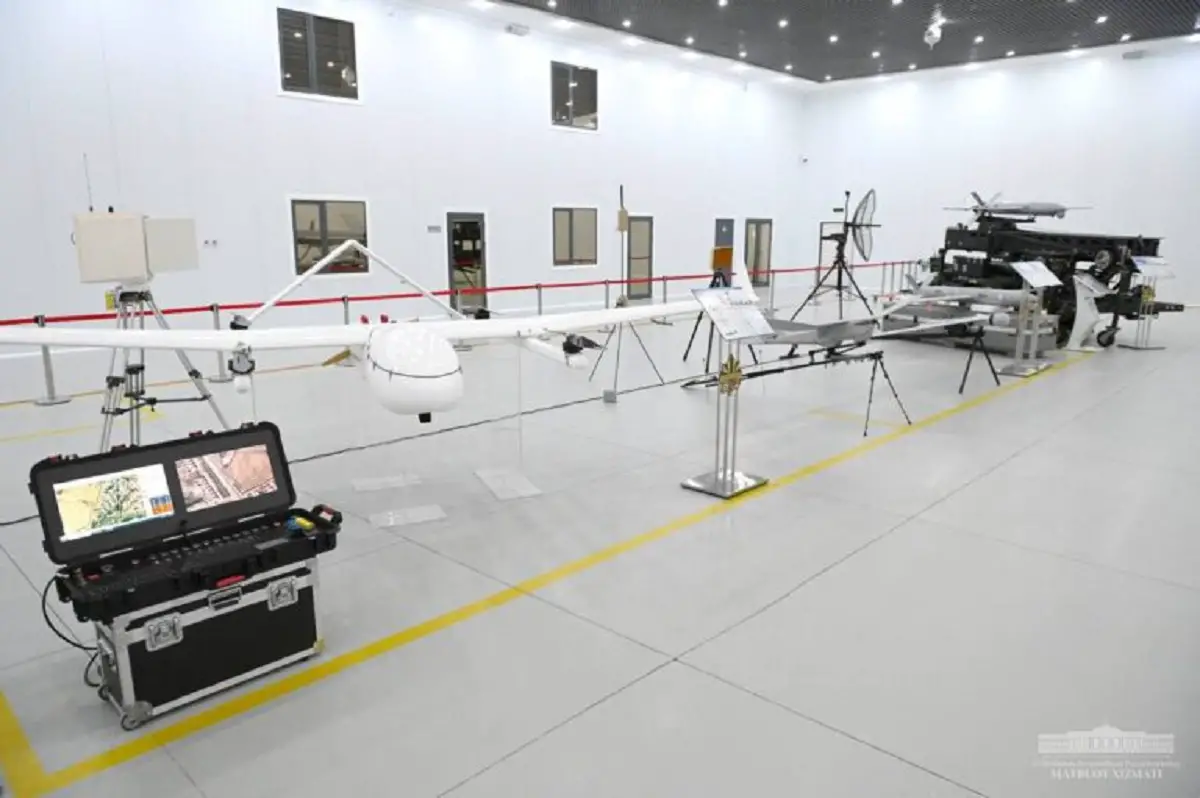
The Orlan-10, despite its simplicity, offers cost-effective operation and functionality. With a payload capacity of 6 kg (13 lb) and a maximum takeoff weight of 15 kg (33 lb), it operates on a folding catapult platform for launch and uses a parachute for recovery upon landing. Its design enables flight at altitudes that render it immune to short-range air defenses while remaining economically unviable for deployment of expensive long-range defense systems. Its operational adaptability spans a wide temperature range from -30 to +40 °C, utilizing a Saito Manufacturing FA-62B single-cylinder four-stroke glow fuel piston engine generating 0.71 kW (0.95 hp) for power. This balance of simplicity and cost-effectiveness allows it to provide sufficient battlefield surveillance capabilities for target identification purposes.
More than 1,000 Orlan-10s have been produced (2018), with 11 different variations. More Orlan-10s and 30s were ordered in August 2022. The price for one system (including 2 drones, a portable launch complex, a control station and a set of spare parts) was reportedly 5 million rubles ($150,000) in 2013. Over 50 Orlan UAVs were delivered for export in 2021 to Russia’s allies.[16] It has seen action in Ukraine, Syria, Libya and Nagorno-Karabakh. In 2023, reports stated that components made in Ireland[19] and STMicroelectronics microchips were found in Orlan drones, in spite of the sanctions regime imposed on Russia.[20] On 3 January 2023, CBS News reported that Orlan-10 shot in the past 4 months contained U.S. and Swiss made microchips (Maxim, Microchip and U-Blok) used for their ability to connect to the GLONASS positioning system for navigation. These chips are also able to access the GPS and Galileo systems contributing to redundancy and increase accuracy for flying and targeting. In July 2023, Russian Defense Minister Sergey Shoigu stated that the supplies of Orlan-10 and -30 drones had surged 53 times since early 2022.
On the first day of the visit to #Surkhandarya region, President Shavkat #Mirziyoyev reviewed the progress of construction of the gas-chemical complex in #Boysun district. Later, the Supreme Commander-in-Chief of the Armed Forces Shavkat Mirziyoyev visited the military unit. pic.twitter.com/vygchXNl5v
— Shavkat Mirziyoyev's Press-service (@president_uz) November 18, 2023
The Orlan-10, a reconnaissance UAV developed by the Special Technology Center (STC) in Russia, was a notable inclusion in the display. Its composite fuselage design contributes to reduced radar detection capabilities. This drone is typically deployed in groups, with specific units dedicated to reconnaissance, electronic warfare, and data relay, significantly enhancing operational efficiency.
The ongoing advancements in drone technology were underscored by the introduction of the larger Orlan-30 version in 2020, featuring a laser designator to augment the effectiveness of precision weapons.
Reports have indicated the extensive production history of the Orlan-10, with over 1,000 units manufactured and various versions introduced. The drone has seen deployment in multiple conflict zones globally, including Ukraine, Syria, Libya, and Nagorno-Karabakh.
Recent revelations highlighted the presence of components sourced from countries like Ireland and STMicroelectronics microchips, sparking discussions regarding sanctions implications. Moreover, Russian Defense Minister Sergey Shoigu reported a substantial surge in the supply of Orlan-10 and -30 drones since early 2022, showcasing the expanding deployment of these UAVs.
Uzbekistan’s unveiling of its new drone arsenal reaffirms the nation’s commitment to enhancing its defense capabilities and integrating cutting-edge technology into its military framework.


